Home>Storage & Organization>Garage Storage Solutions>How To Organize A Shed For Storage
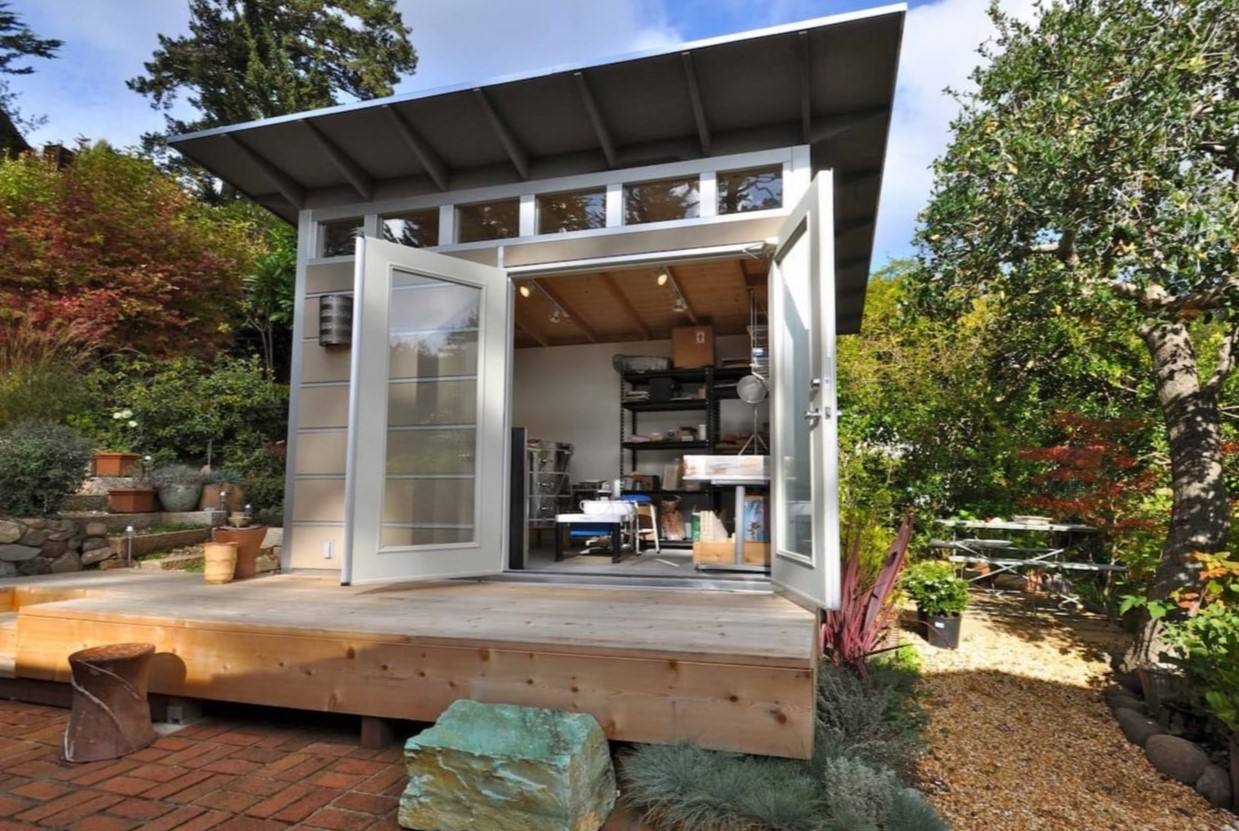

Garage Storage Solutions
How To Organize A Shed For Storage
Modified: March 21, 2024
Discover effective garage storage solutions with our expert tips on how to organize a shed for efficient storage. Maximize space and declutter with our practical advice.
(Many of the links in this article redirect to a specific reviewed product. Your purchase of these products through affiliate links helps to generate commission for Storables.com, at no extra cost. Learn more)
Assessing Your Storage Needs
Before diving into organizing your shed, it's essential to assess your storage needs. Take a look at the items you plan to store in the shed and consider their sizes, shapes, and how frequently you'll need to access them. Are you storing gardening tools, sports equipment, or seasonal decorations? By understanding what you need to store, you can plan the layout and storage solutions that will work best for your specific items. This step sets the foundation for an organized and functional shed that meets your needs.
Key Takeaways:
- Assess your storage needs before organizing your shed. Declutter, sort, and create zones for different categories to maximize space and accessibility. Utilize shelving, maximize vertical space, and label containers for an efficient and enjoyable storage experience.
- Regularly maintain and update your shed organization system. Adjust zones, update labels, and assess shelving for long-term functionality. Incorporate feedback and make seasonal adjustments to keep your shed well-organized and efficient.
Read more: How To Build Garden Shed
Decluttering and Sorting Items
The first step in organizing a shed for storage is to declutter and sort through all the items. Start by taking everything out of the shed and placing them in a designated area. As you go through each item, ask yourself if it's something you use regularly. If not, consider donating, selling, or disposing of it. This process helps to eliminate unnecessary items and create more space for the things you actually need.
Once you've decluttered, it's time to sort the remaining items into categories. Group similar items together, such as gardening tools, outdoor toys, or seasonal decorations. This step makes it easier to see what you have and helps in planning the layout of your shed. Sorting items also allows you to identify any duplicates or items that may need replacement, saving you time and effort in the long run.
After decluttering and sorting, you'll have a clearer picture of what items you have and how much space they require. This sets the stage for the next steps in organizing your shed for efficient storage.
Creating Zones for Different Categories
Creating zones for different categories is a crucial step in organizing a shed for storage. Once you have decluttered and sorted your items, it's time to designate specific areas or "zones" for different categories of items. This approach not only makes it easier to find what you need but also helps maintain the organization over time.
-
Group Similar Items: Start by grouping similar items together. For example, designate an area for gardening tools, another for sports equipment, and another for seasonal decorations. This grouping allows you to visualize the space each category will occupy and plan accordingly.
-
Consider Accessibility: When creating zones, consider how frequently you'll need to access each category of items. Items that are used more frequently should be placed in easily accessible areas, while those used less often can be stored in less accessible spots.
-
Use Visual Cues: Consider using visual cues to delineate different zones. This can be done through the use of different colored storage containers, labels, or even floor markings. Visual cues make it easy to identify where each category of items belongs, even for other family members who may need to access the shed.
-
Plan for Growth: Anticipate any potential growth in each category of items. For example, if you're an avid gardener, you may acquire more tools and equipment over time. Leave room for expansion within each zone to accommodate future additions without disrupting the organization.
By creating zones for different categories, you'll transform your shed into a well-organized space where everything has its place. This not only makes it easier to find and access items but also contributes to a more efficient and enjoyable storage experience.
Utilizing Shelving and Storage Systems
When it comes to organizing a shed for storage, utilizing shelving and storage systems is a game-changer. These systems not only maximize the use of vertical space but also provide a structured approach to storing items, keeping them off the floor and easily accessible.
-
Install Sturdy Shelves: Invest in sturdy, weather-resistant shelves that can withstand the elements. Consider adjustable shelves to accommodate items of various sizes. Place frequently used items at eye level for easy access, while reserving higher and lower shelves for seasonal or less-used items.
-
Use Hooks and Hangers: Utilize hooks and hangers to store items such as garden hoses, tools, and sports equipment. This not only keeps these items off the ground but also prevents them from getting tangled or damaged. Install them on the walls or underside of shelves to make the most of the available space.
-
Opt for Vertical Storage: Take advantage of vertical space by installing tall cabinets or storage units. These are ideal for storing long-handled tools, rakes, shovels, and other items that can be challenging to store horizontally. Vertical storage solutions help free up floor space and keep the shed organized.
-
Consider Overhead Storage: If your shed has a high ceiling, consider installing overhead storage racks or platforms. These are perfect for storing seasonal items, camping gear, or bulky decorations that are not frequently accessed. Be sure to use sturdy hardware and follow weight capacity guidelines for safety.
By utilizing shelving and storage systems, you can make the most of the available space in your shed, keep items organized and easily accessible, and create a clutter-free environment that enhances your overall storage experience.
Use clear plastic bins to store items in your shed. Label each bin with its contents for easy identification and organization. This will help you find what you need quickly and keep your shed tidy.
Maximizing Vertical Space
Maximizing vertical space in your shed is a smart strategy for creating additional storage capacity while keeping the floor area clear and organized. Here are some effective ways to make the most of the vertical space in your shed:
-
Wall-Mounted Storage: Install wall-mounted storage solutions such as pegboards, slat walls, or grid systems. These allow you to hang and organize small tools, gardening supplies, and other items vertically, keeping them within easy reach and freeing up valuable floor space.
-
Stackable Storage Bins: Utilize stackable storage bins or crates to store items vertically. These bins are perfect for organizing smaller items such as seeds, bulbs, and hand tools. Label each bin for quick identification and easy access.
-
Hanging Shelves: Consider hanging shelves from the walls or ceiling to store lightweight items such as pots, planters, or smaller gardening supplies. This approach maximizes space while keeping these items visible and easily accessible.
-
Utilize Doors and Panels: Make use of the back of the shed doors or panels to install hooks, racks, or pockets for storing frequently used tools or supplies. This often-overlooked space can provide additional storage without taking up valuable floor or wall space.
-
DIY Vertical Storage: Get creative with DIY vertical storage solutions such as repurposing old ladders, wooden pallets, or PVC pipes to create customized storage racks. These unique and cost-effective options can be tailored to fit your specific storage needs.
By maximizing the vertical space in your shed, you can significantly increase its storage capacity while maintaining a well-organized and efficient storage system. This approach not only optimizes the use of space but also enhances accessibility and convenience when retrieving items from your shed.
Read more: 17 Best Bicycle Storage Shed Options
Labeling and Organizing Containers
Labeling and organizing containers is a crucial step in maintaining a well-organized shed for storage. Proper labeling not only helps you quickly locate items but also ensures that everything is returned to its designated place, maintaining the overall organization. Here's how to effectively label and organize containers in your shed:
-
Clear and Consistent Labels: Use clear and consistent labeling on all containers. Whether you opt for adhesive labels, label makers, or permanent markers, ensure that the labels are easy to read and understand. Consistency in labeling makes it effortless to identify items, especially when multiple family members are accessing the shed.
-
Detailed Descriptions: When labeling containers, include detailed descriptions of the contents. For example, instead of simply labeling a box as "Tools," specify the types of tools it contains, such as "Garden Hand Tools" or "Power Tools." This level of detail saves time and prevents the need to rummage through multiple containers to find a specific item.
-
Color-Coding System: Implement a color-coding system for your containers to visually distinguish between different categories of items. For instance, use green for gardening supplies, blue for sports equipment, and red for seasonal decorations. This visual cue makes it easy to identify the contents of each container at a glance.
-
Placement of Labels: Ensure that labels are placed prominently and consistently on the same side or location of each container. This uniform placement streamlines the process of locating items and contributes to the overall visual organization of the shed.
-
Inventory List: Consider creating an inventory list that corresponds to the labeled containers. This list can be kept in a visible location within the shed or stored digitally for easy reference. It serves as a quick reference guide, especially for items stored in less frequently accessed containers.
-
Revisiting and Updating Labels: Regularly revisit the labels on your containers to ensure they remain accurate and reflective of the contents. As items are added or removed, update the labels accordingly to maintain an organized and up-to-date storage system.
By effectively labeling and organizing containers in your shed, you establish a systematic approach to storage that enhances accessibility, minimizes search time, and contributes to the overall efficiency of your storage space.
Maintaining and Updating Organization System
Maintaining and updating your organization system is essential for the long-term functionality of your shed storage. Once you have invested time and effort into organizing your shed, it's important to establish a routine for maintaining and updating the organization system to ensure its effectiveness over time.
-
Regular Maintenance: Schedule regular maintenance sessions to keep your shed organized. Set aside time every few months to assess the current organization, declutter any new items, and make adjustments as needed. This proactive approach prevents clutter from building up and maintains the efficiency of your storage system.
-
Adjusting Zones: As your storage needs evolve, be prepared to adjust the designated zones within your shed. If you find that certain categories of items have grown or diminished, reorganize the zones to accommodate these changes. Flexibility in your organization system ensures that it continues to meet your specific storage requirements.
-
Updating Labels: Periodically review and update the labels on your containers to reflect any changes in the contents. As items are added, removed, or relocated, ensure that the labels remain accurate and descriptive. This simple yet crucial step contributes to the overall clarity and efficiency of your storage system.
-
Assessing Shelving and Storage: Regularly inspect the condition of your shelving and storage systems. Ensure that they are structurally sound and capable of supporting the stored items. If necessary, make adjustments, repairs, or upgrades to maintain the functionality and safety of your storage solutions.
-
Seasonal Adjustments: Consider making seasonal adjustments to your organization system. For example, as the seasons change, you may need to rotate the accessibility of certain items or adjust the placement of seasonal decorations. Adapting your organization system to seasonal needs ensures that it remains relevant and practical throughout the year.
-
Incorporating Feedback: If multiple family members or individuals have access to the shed, encourage feedback on the organization system. Their input may reveal opportunities for improvement or adjustments that can enhance the overall functionality of the storage space.
By maintaining and updating your organization system, you ensure that your shed remains a well-organized and efficient storage space that meets your evolving needs. This proactive approach minimizes clutter, maximizes accessibility, and contributes to a positive storage experience.
Frequently Asked Questions about How To Organize A Shed For Storage
Was this page helpful?
At Storables.com, we guarantee accurate and reliable information. Our content, validated by Expert Board Contributors, is crafted following stringent Editorial Policies. We're committed to providing you with well-researched, expert-backed insights for all your informational needs.
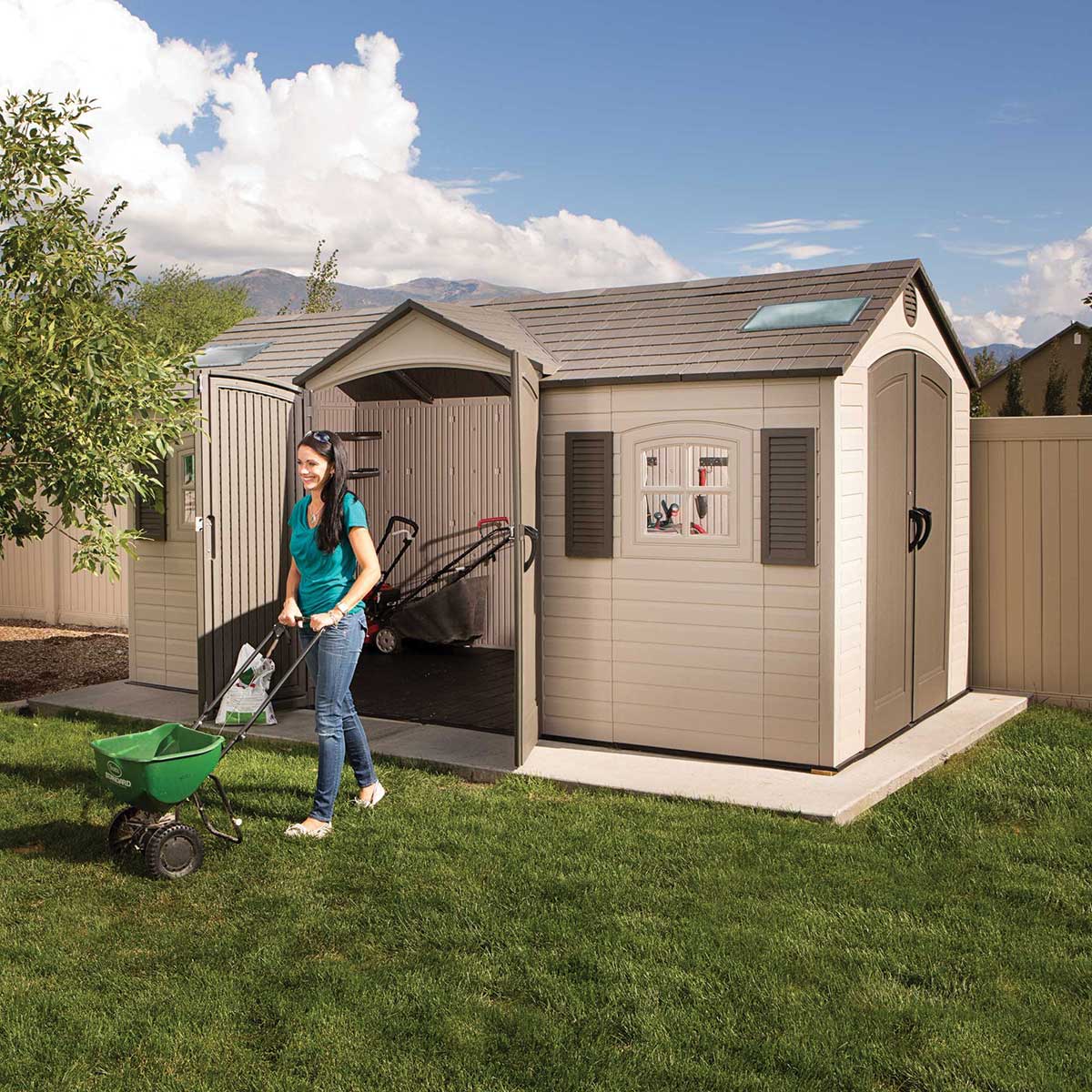
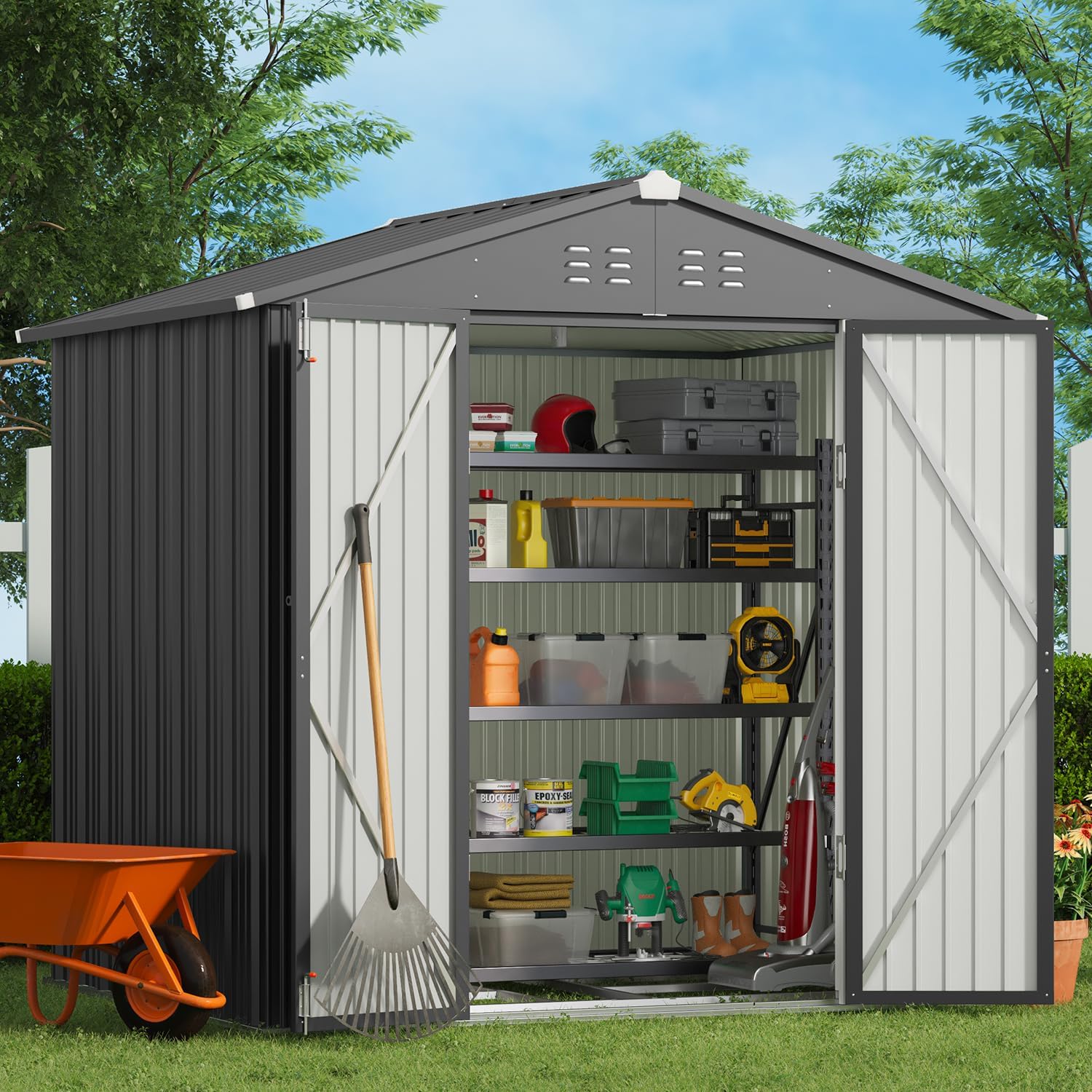
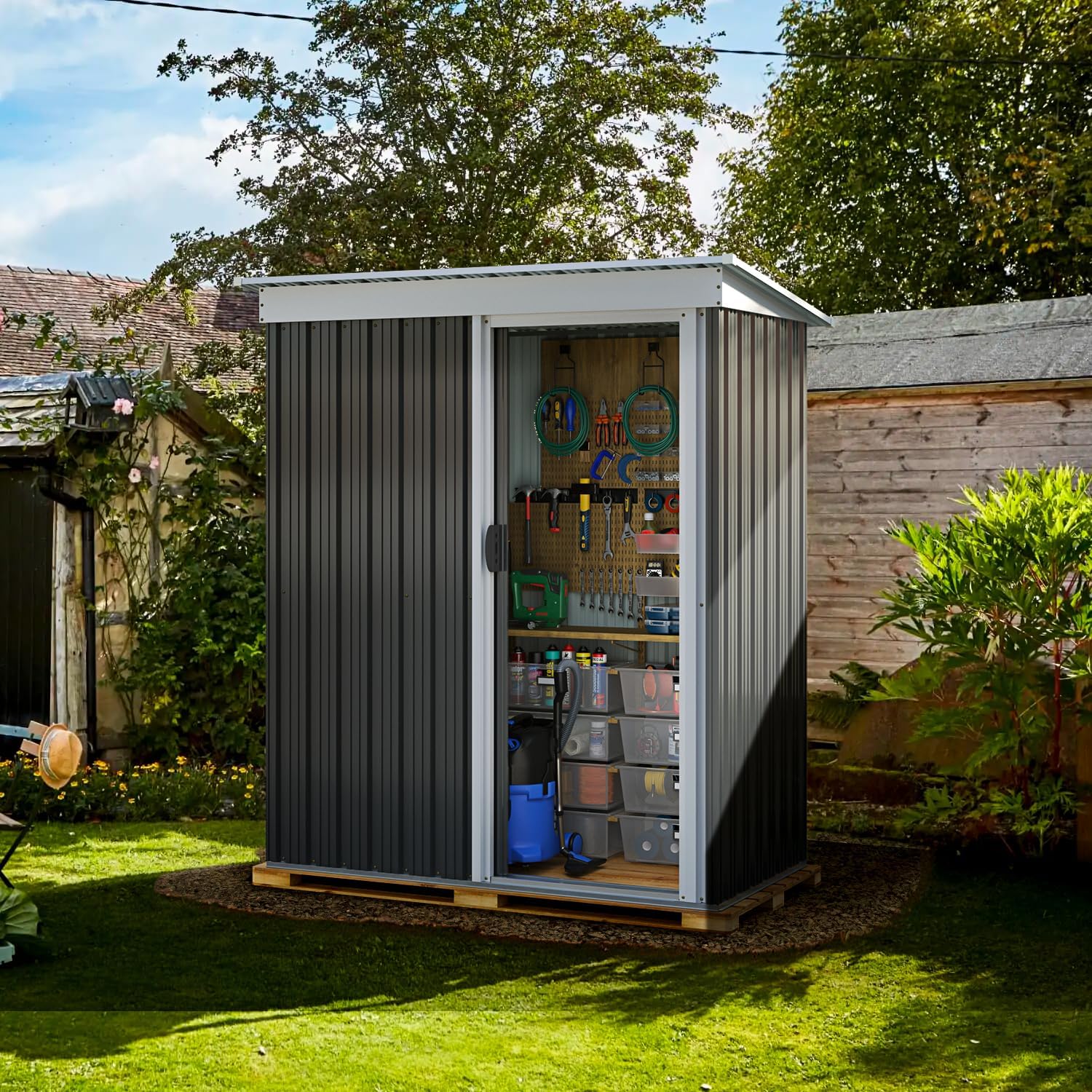
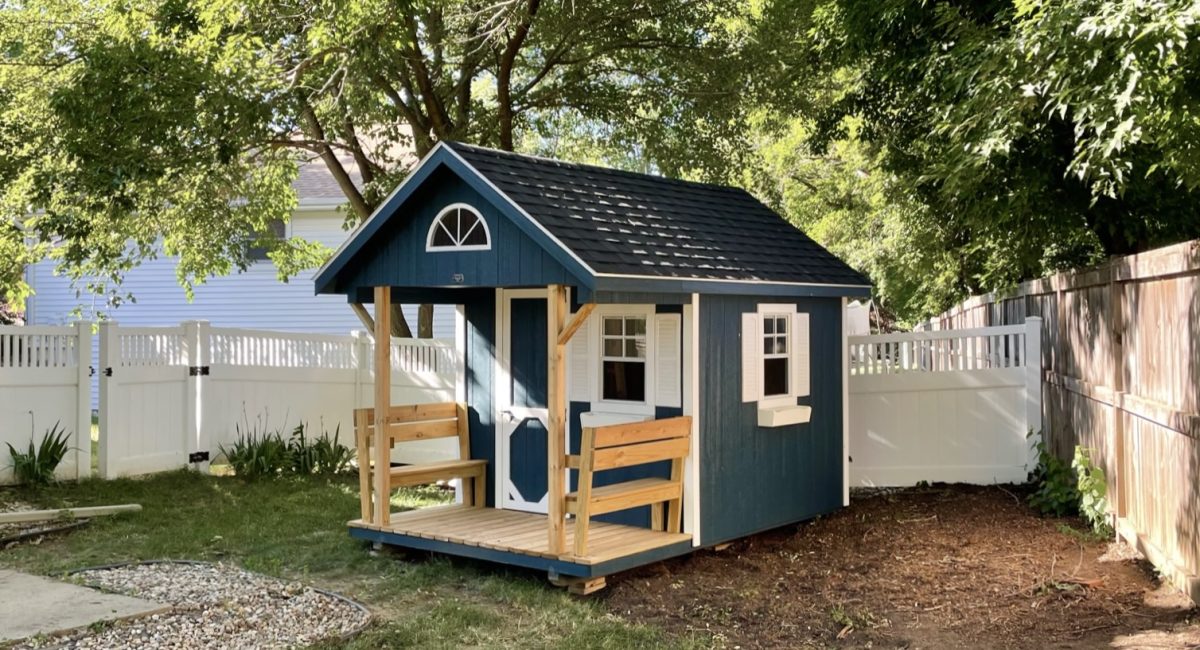
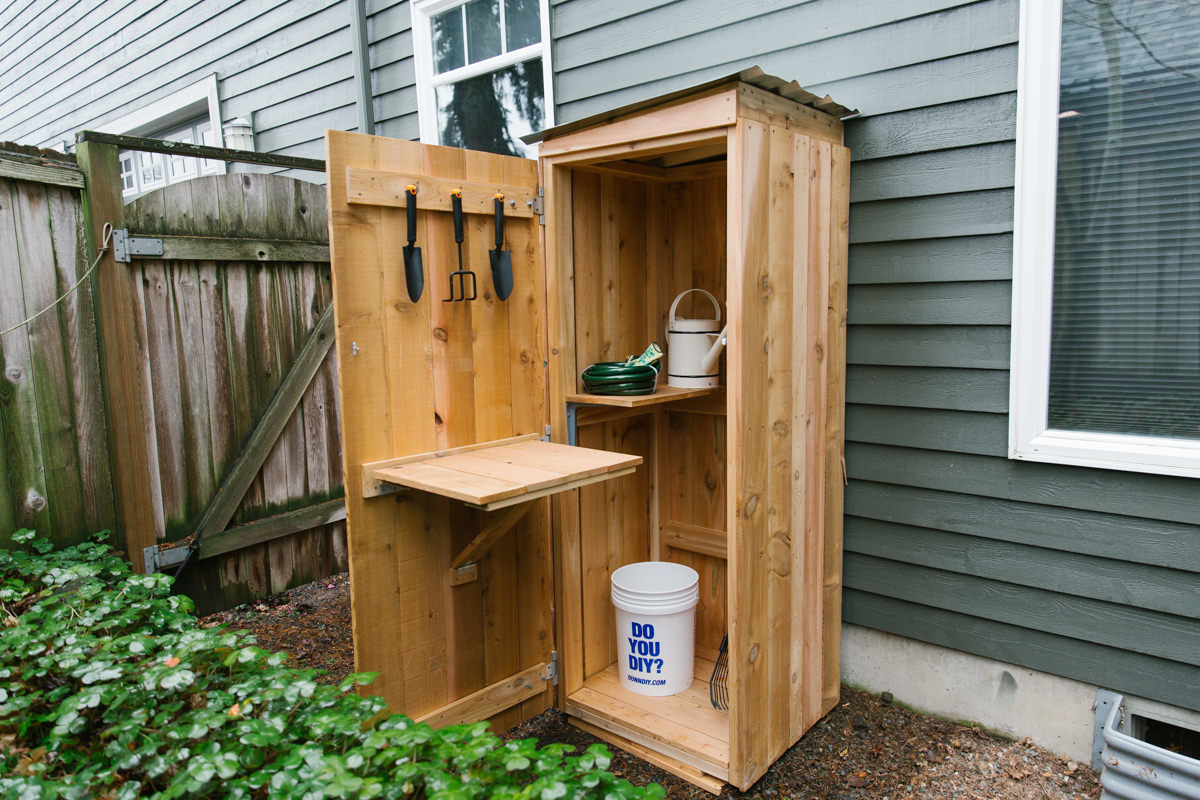
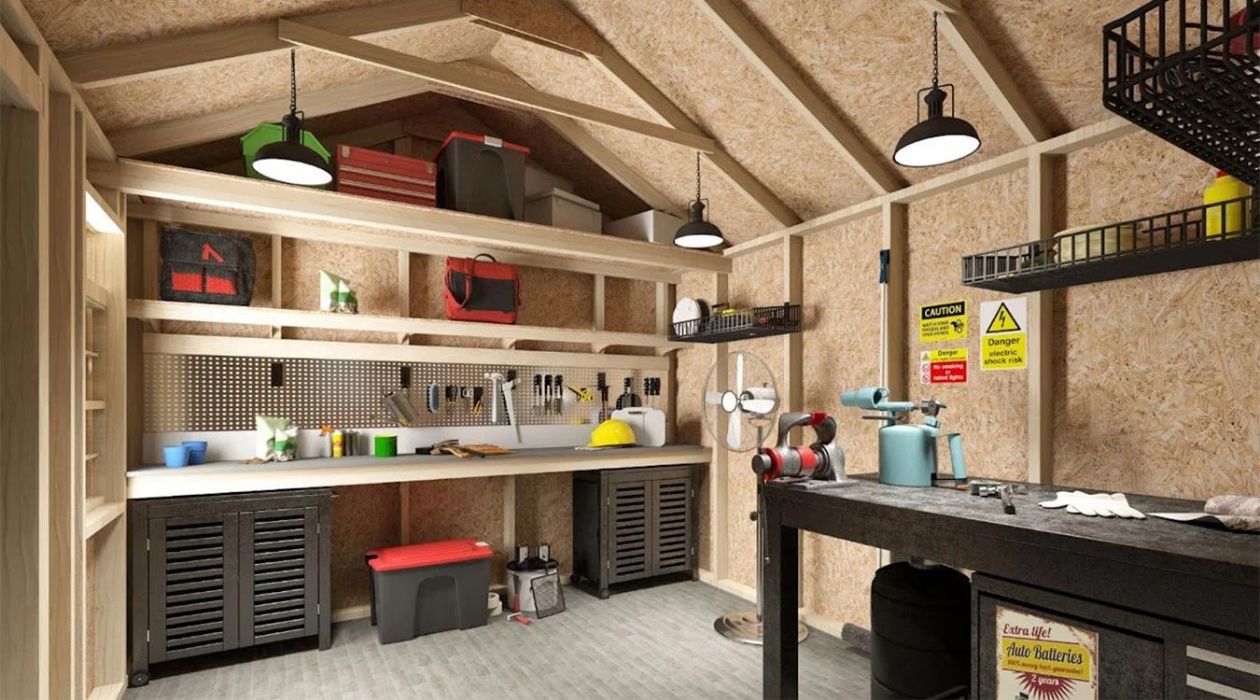
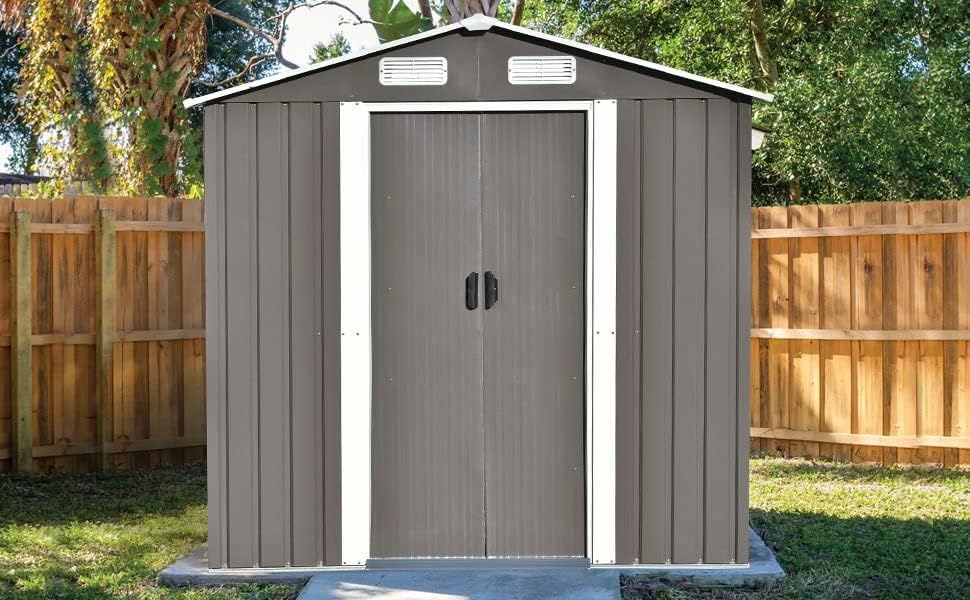
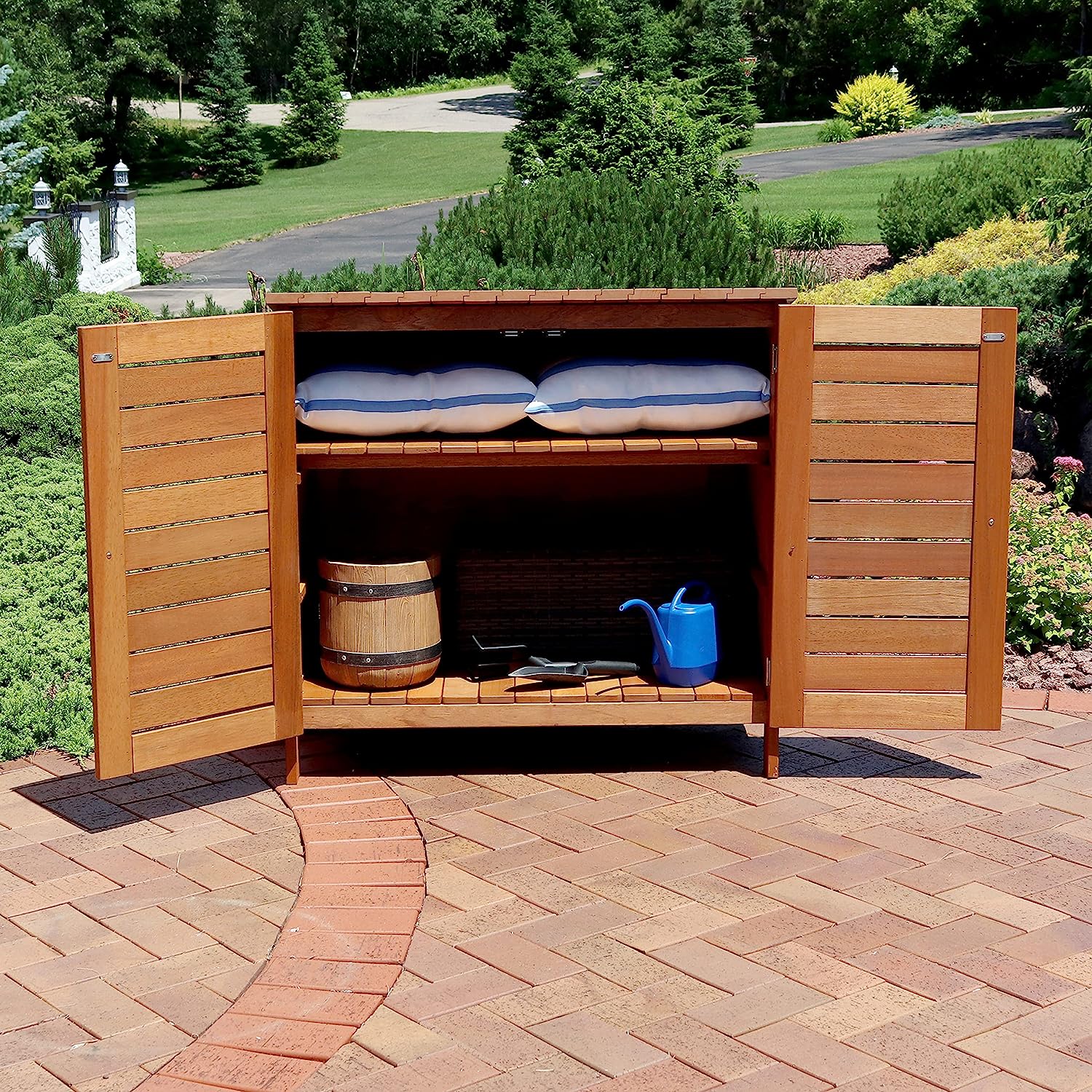
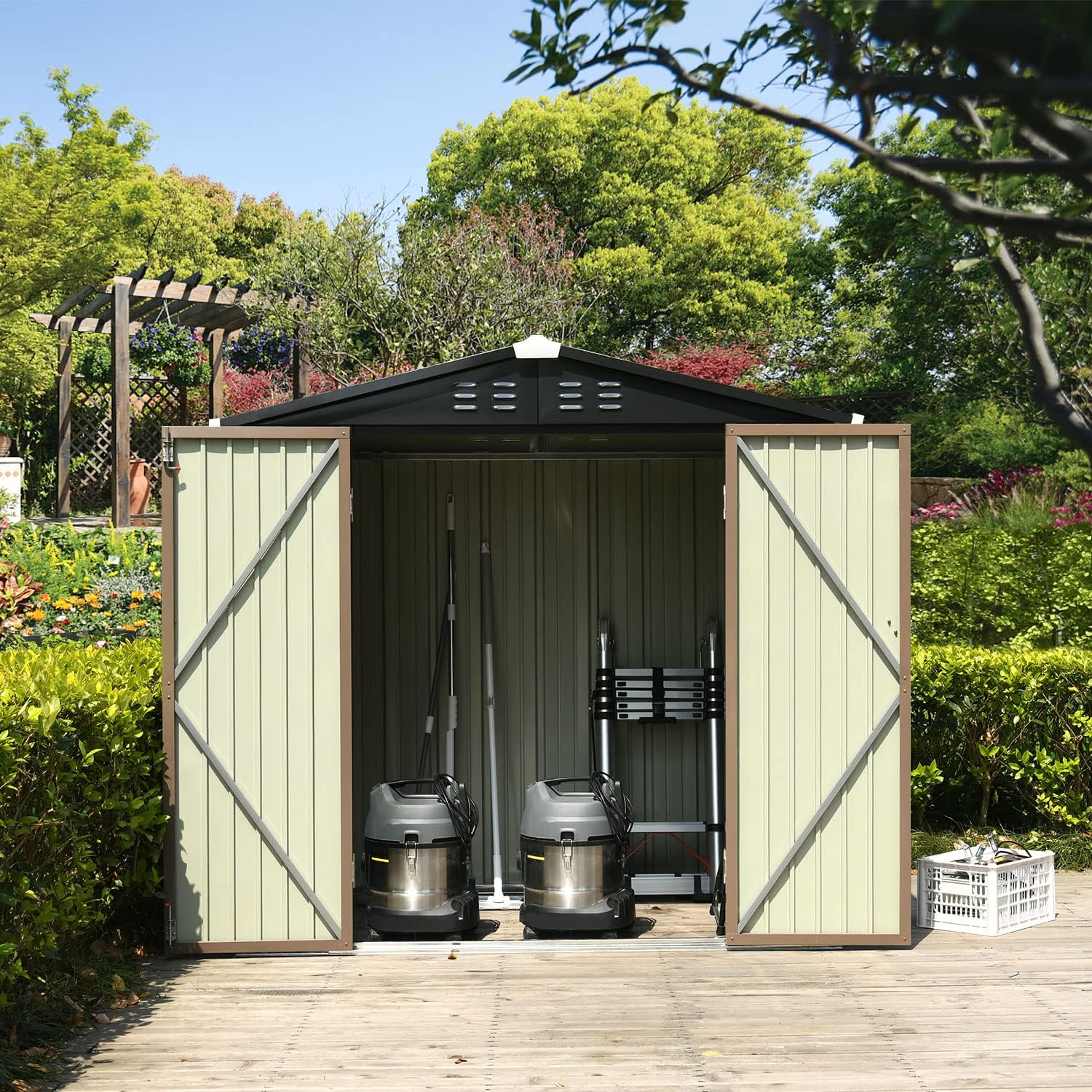
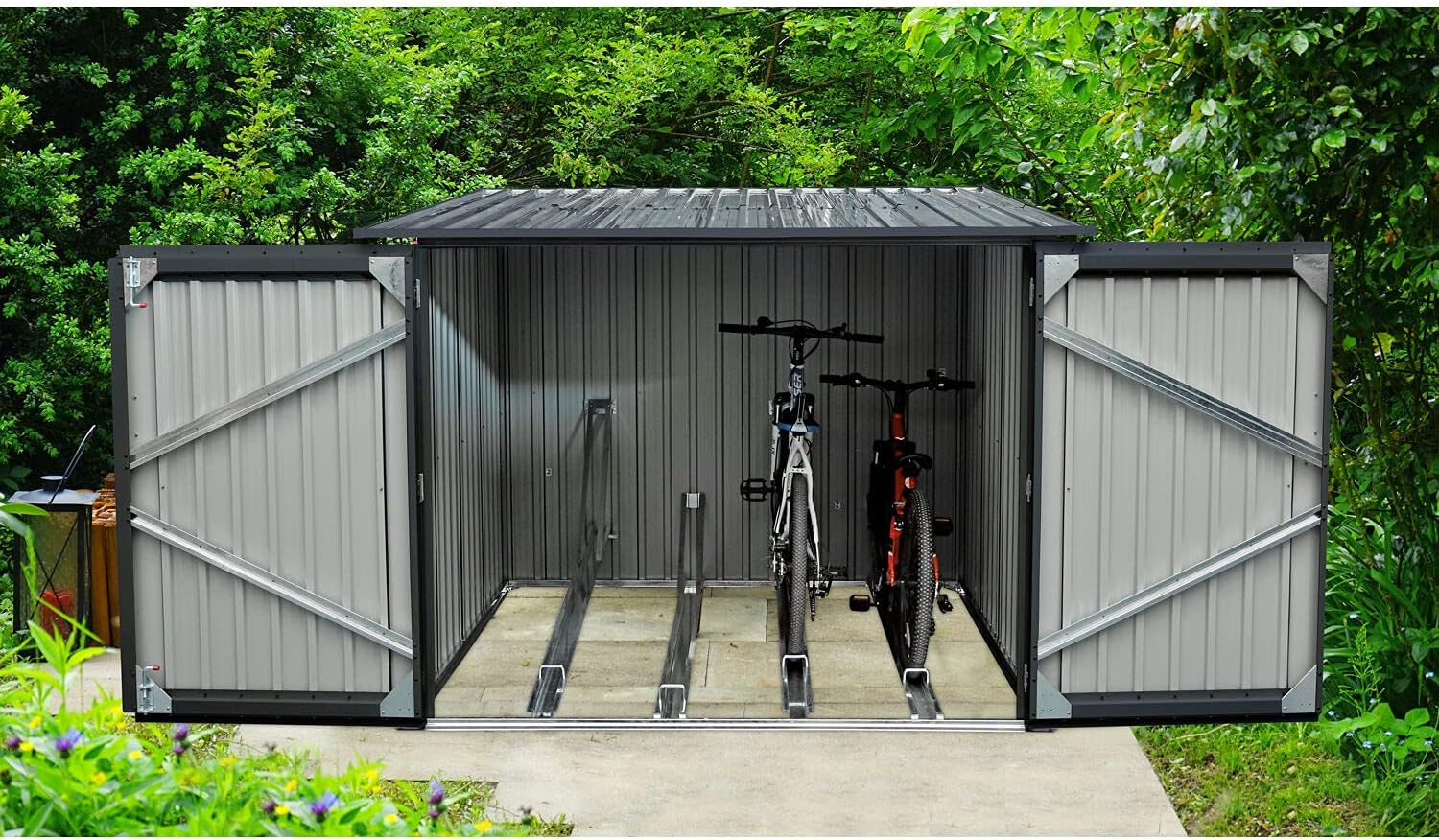
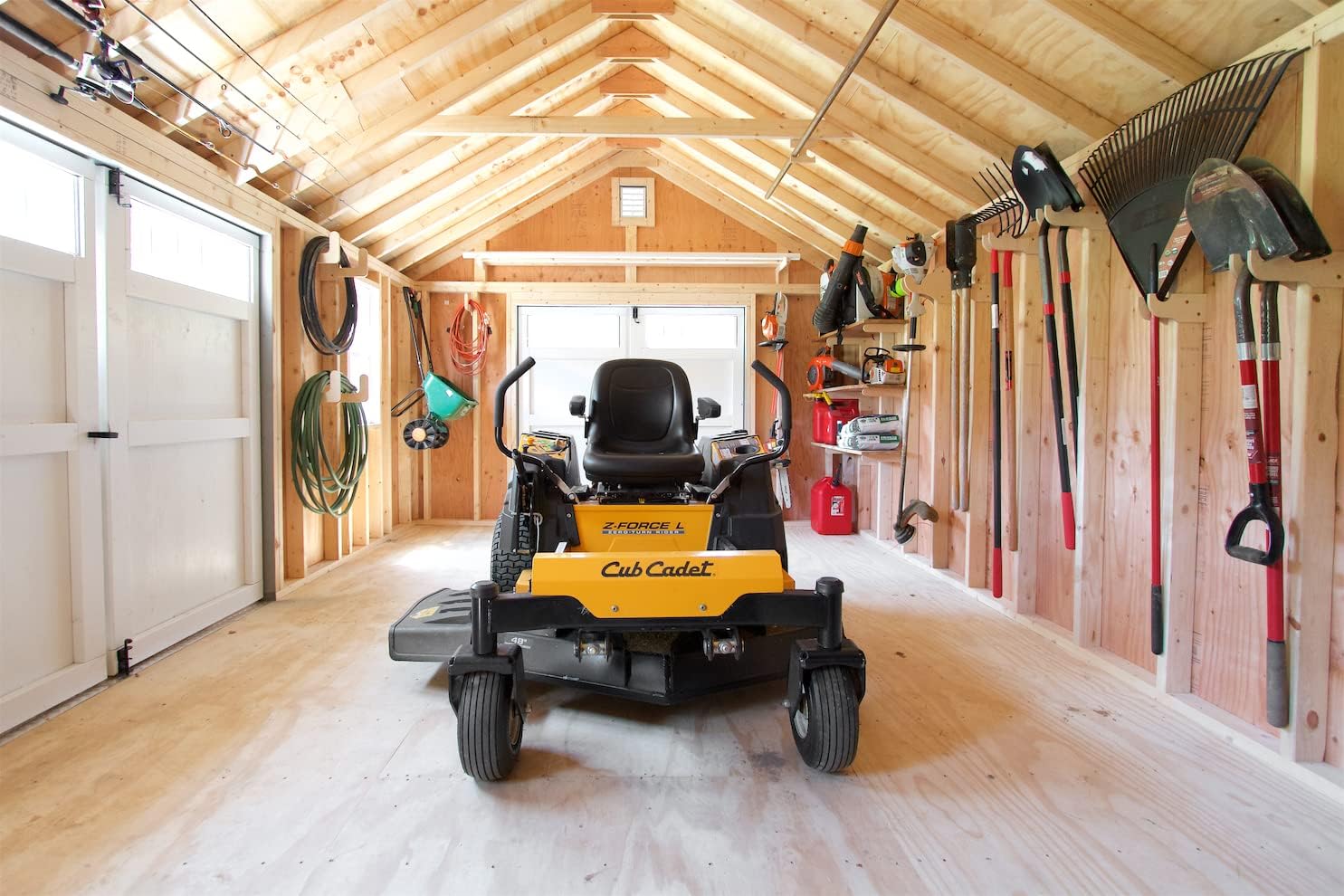
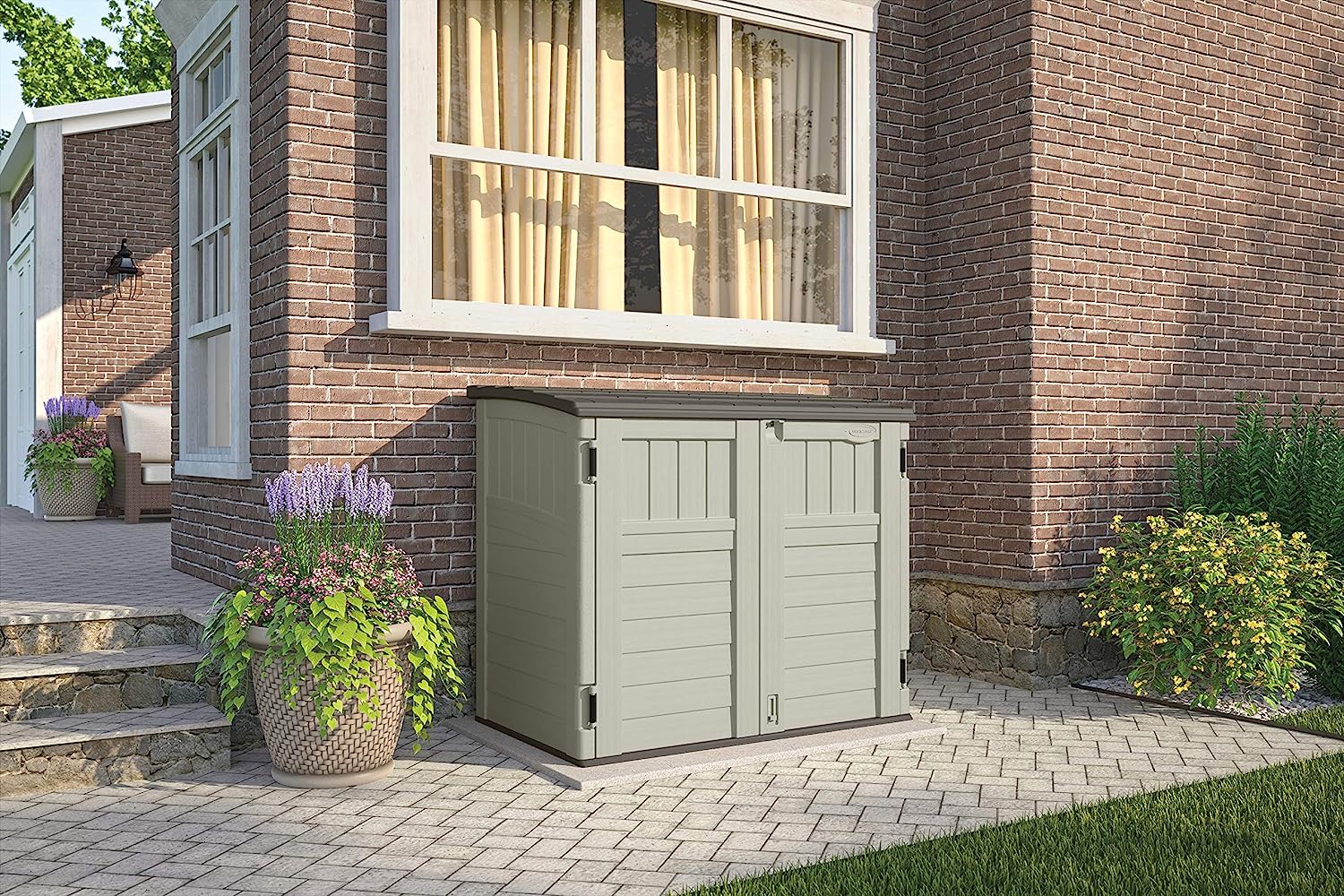
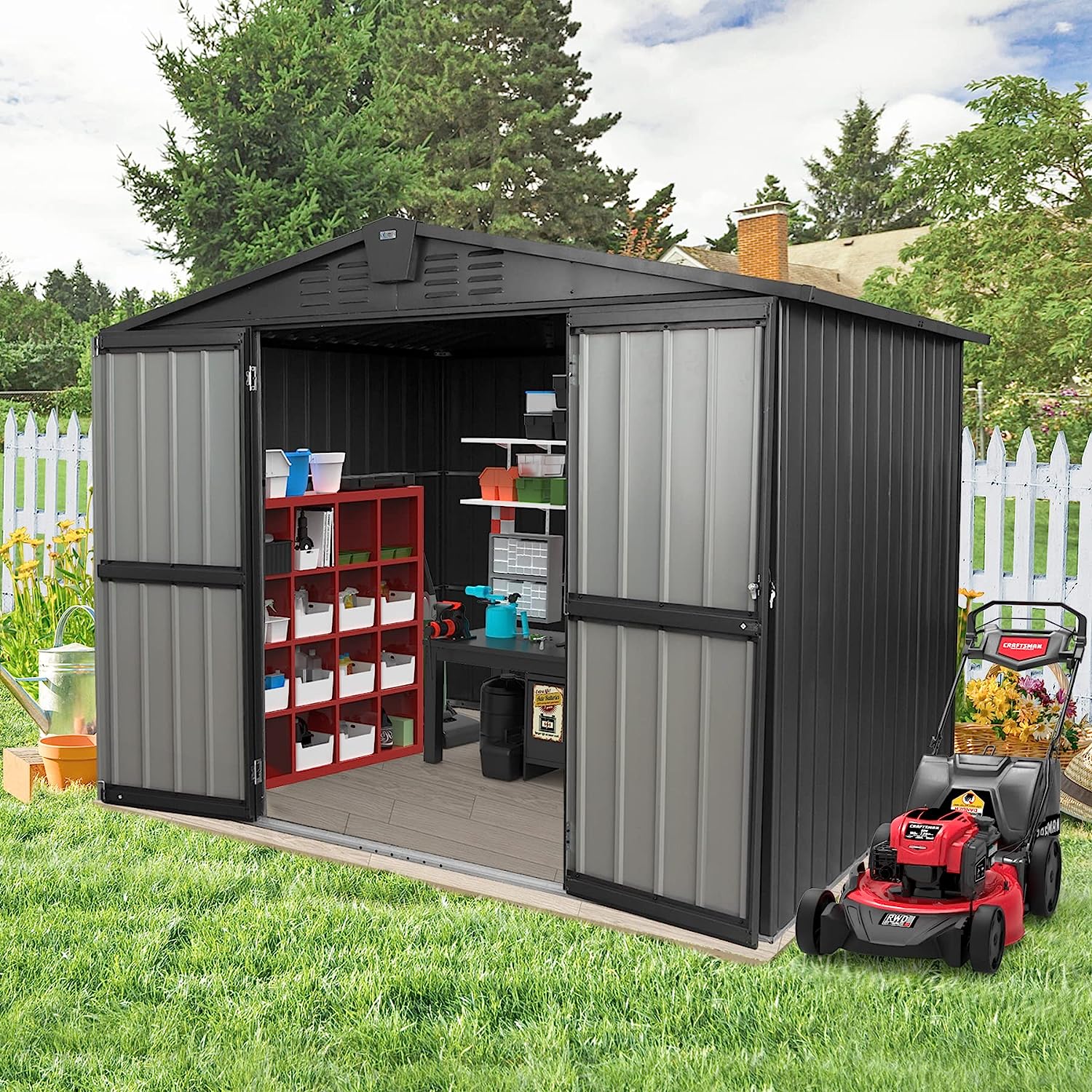
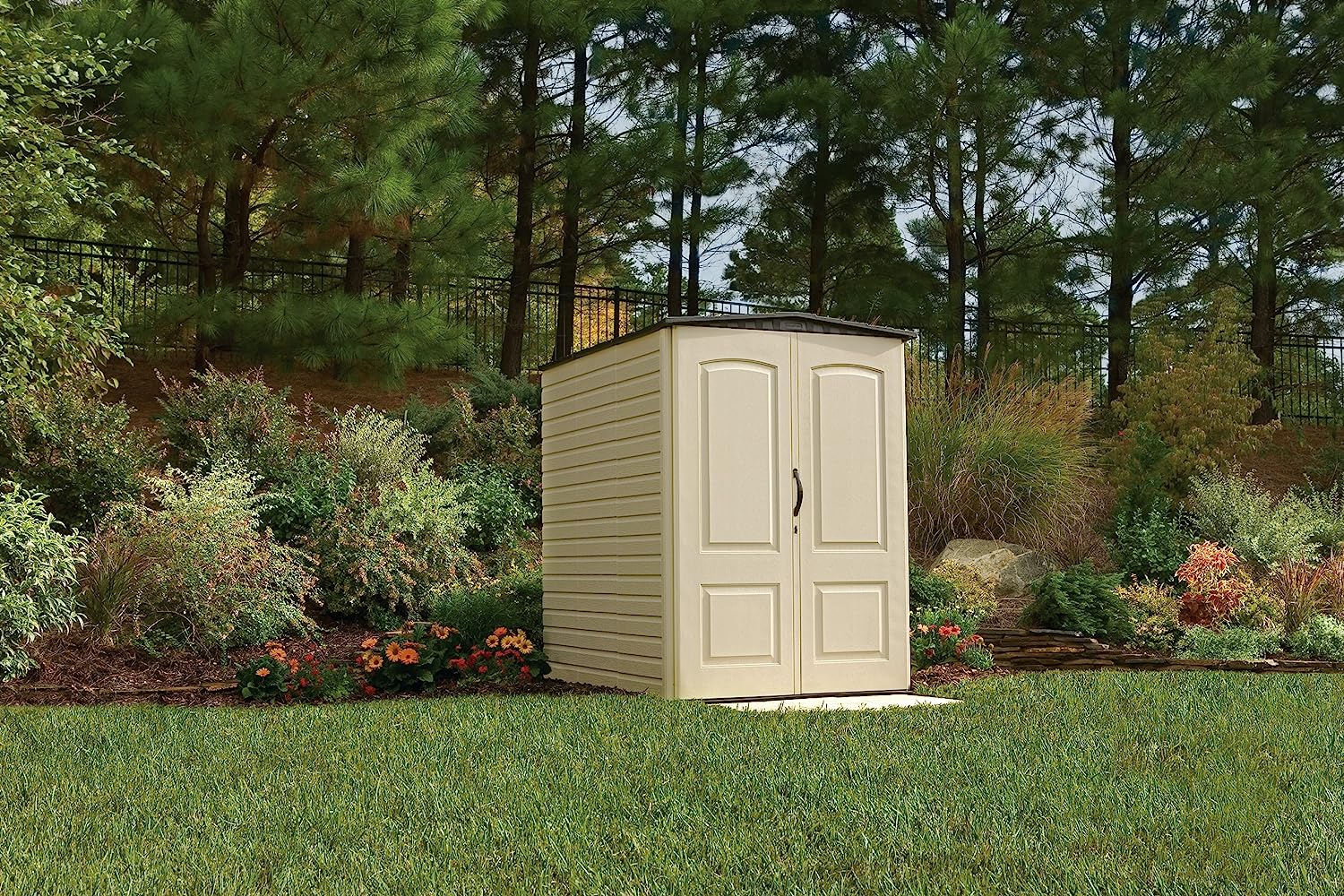

0 thoughts on “How To Organize A Shed For Storage”